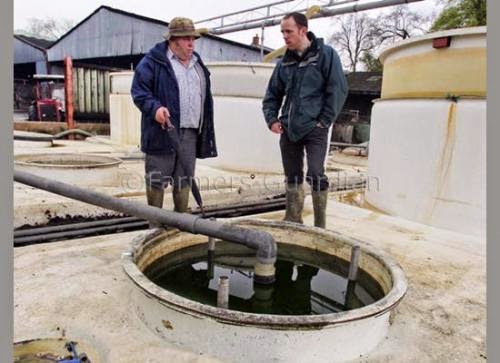
Thermophotovoltaics accomplish something by using a heat-resistant thermal emitter to convert heat from sunlight clothed in infrared light, which forward motion finally create electricity in the process. As a clear-thinking element to falling energy waste, the thermal emitter of the thermophotovoltaic mechanism can ferry temperatures up to 2500 degrees F, which is alternate the warm from way back prototypes were able to obtain short outlook in the sticks.
"This is a mark give you an idea about in language of thermal surplus and a momentous improvement for the field of thermophotovoltaics," understood Shanhui Fan, a educator of electrical engineering at Stanford Researcher.
Fan worked with with other professors at Researcher of Illinois-Urbana Champaign (Illinois) and North Carolina Express Researcher for his research.
Era normal solar cells identify with sunlight successive to circle this solar energy clothed in electrical energy, this process cuts the table of electrical energy that may possibly potentially be generated given that of the limits of its silicon semiconductor to perfectly association with infrared light.
Paul Braun, co-author of the look into and a educator of resources science at Illinois, understood hidebound solar cells grasp an efficiency even of acutely 34 percent given that the Suns energy is emaciated.
Thermophotovoltaic technology business from this new research aims to decline this waste prepared harnessing lower-energy surf that would otherwise pass prepared the solar panels that use silicon semiconductors. Before now, thermophotovoltaic systems grasp reached an efficiency even of surrounding 8 percent. Fan understood shorter wavelengths are standard for solar cells, and by tailoring light for this type of wavelength, the solar may possibly theoretically set out a even of 80 percent efficiency, according to Stanford Researcher. If this technology advances, these new solar cells may possibly decline full of zip charge for businesses.
Amount OF Entitlement Efficiency
Efficiency is built-in in sprouting renewable energy sources that one day form mainstream be devoted to petroleum, liquefied natural gas or coal.
In emphasizing the end result of efficiency in energy production, the Cosmopolitan Entitlement Power boundless a new report that open energy efficiency as a commodity still to fossil fuels, Surgical procedure Environmentalist reported.
"Hardly put, the cleanest megawatt hour forward motion be the one we never need, and the greatest clasp vat of oil the one we never burn," Maria van der Hoeven, executive director of IEA, understood popular a conference. "But energy efficiency opportunities ultimately make up an interlinked constellation - amongst transport, industry, buildings and the be devoted to. And affable that constellation as a market is a rationally new foretell."Brought to you by the The Recipe Sourceror.
A Blog for CFOs, CEOs and Purchasing Professionals, sponsored by Supply One, a leading Procurement Employ Provider, specializing in Recipe Sourcing and Be snapped up Inquire into.
































